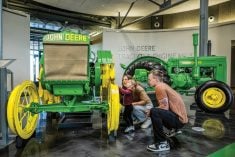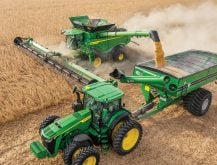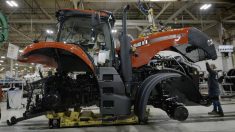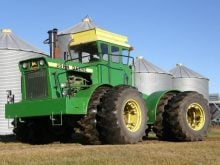On its website, the U.S. EPA (Environmental Protection Agency) reports a growing number of companies are looking toward “sustainable” manufacturing practices, and it suggests there is a valid business case to be made for pursuing that goal. Among the potential advantages is the ability to meet any future — and probably stricter — environmental regulations sooner rather than later. Another is a growing trend among consumers who are willing to pay for environmentally friendly products.
Here in Canada, a University of Toronto study published in July reveals Canadians, too, are broadly concerned about the environment, and they’re increasingly willing to spend their money on products that have been manufactured in an environmentally sensitive way.
Ag equipment manufacturers have apparently seen the writing on the wall and are among those major corporations publicly pursuing a lighter environmental footprint. All of them have already made several significant efforts in that direction.
Read Also
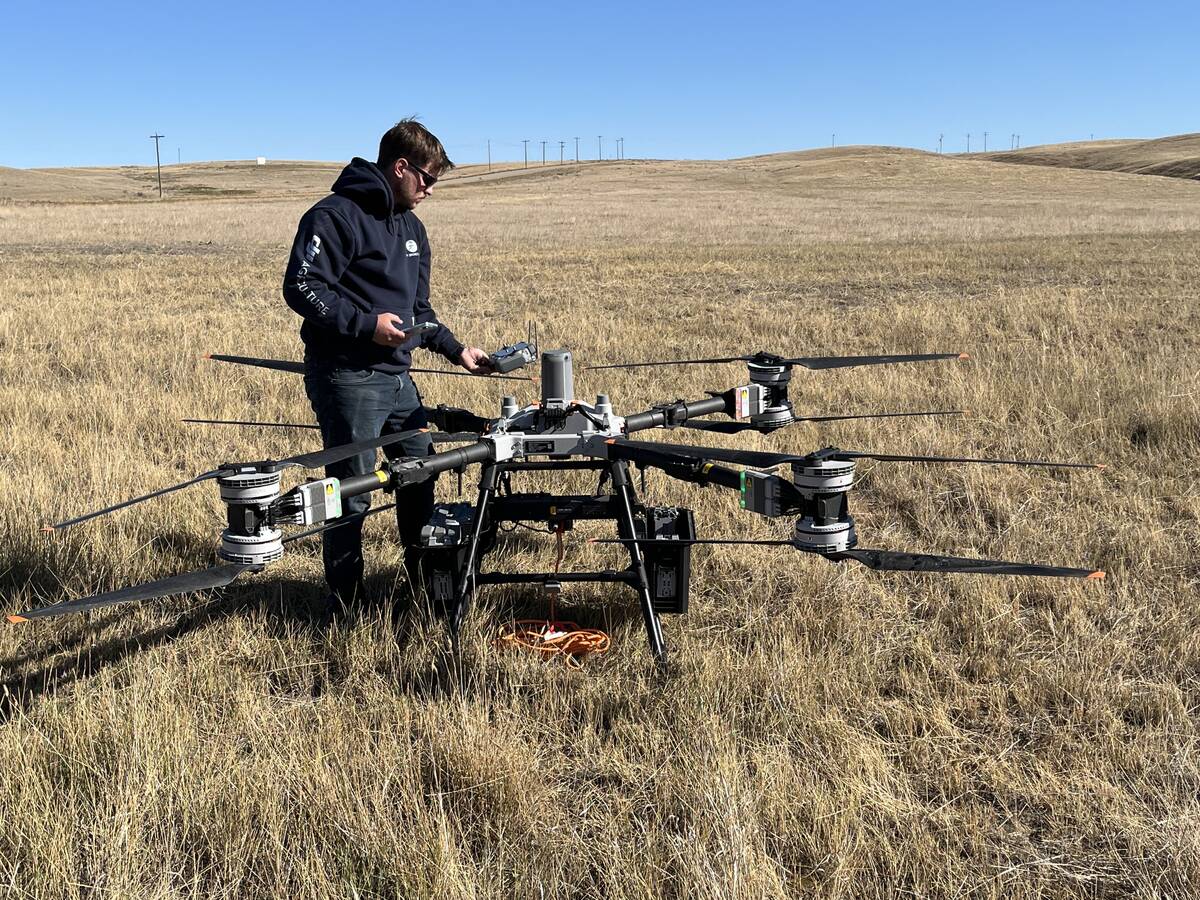
Farm-facing drone does the heavy lifting
Canadian distributor DJI Agriculture unveils its AGRAS T100 drone to western Canada’s producers for greater efficiencies in spraying and granular spreading in fields.
One-off concept machine
This summer, John Deere announced it has partnered with Ford to build a “sustainable concept” Gator UTV, experimenting with a variety of recycled materials in its construction.
From the start, the “green” Gator was intended to be a one-off concept machine, rather than a production vehicle, making it a test bed for new ideas and processes.
“When the idea of the Sustainable Concept Gator project came about, the goal was to explore a variety of materials to be used for possible adoption across product lines to support our goals around increasing use of sustainable materials,” says Andy Greenlee, senior staff engineer for sustainable solutions at John Deere.
Greenlee was one of six Deere employees on the team who worked with Ford to build the concept Gator, which used components made from renewable, recycled and recyclable materials such as soybeans, flax fibre, sugar cane, hemp fibre, bottles and even fishing nets.
The idea, according to Greenlee, was to explore economically viable ways of using sustainable materials and turn them into machine components. And Deere wanted to partner with a company that already has experience doing that, so it chose to work with Ford on the project.
“Ford is a longtime leader in sustainable materials and has been integrating sustainable parts into their vehicles for decades — even back to Henry Ford experimenting with soybean oil in the 1930s,” Greenlee says.
But costs on the Sustainable Gator had to be kept down, considering it was just going to be a one-off project.
“It was difficult because we had to work within our current framework of production tooling,” says Keith Shanter, senior materials engineer. “We weren’t going to invest in new tooling for a product that won’t go to market, but we did everything we could to find sustainable materials that were suitable replacements.”
“Concept projects like the Sustainable Concept Gator are extremely valuable to our efforts in sustainable innovation,” says Jill Sanchez, director of sustainability. “The Sustainable Concept Gator has provided us key learnings. It shows how innovative thinking and innovative partnerships provide invaluable insight into how we can apply sustainable material use in the future.”
While Deere notes many of the materials considered for the project won’t see widespread use in the near term, one is already in production now.
“One component from this project that’s in Gators produced today is a defrost louvre made out of recycled tires,” Shanter says.
As all manufacturers continue to struggle to source materials, components and even adequate labour in the current global market, adopting new and more sustainable production practices in manufacturing may eventually become a necessity. Projects like the Sustainable Gator could become increasingly important to keep manufacturers on pace for the future.
“Getting the opportunity to look at things that are out in the future and focus on what we need to develop to add value for our customers while reducing our environmental footprint was a great experience,” Greenlee says.





